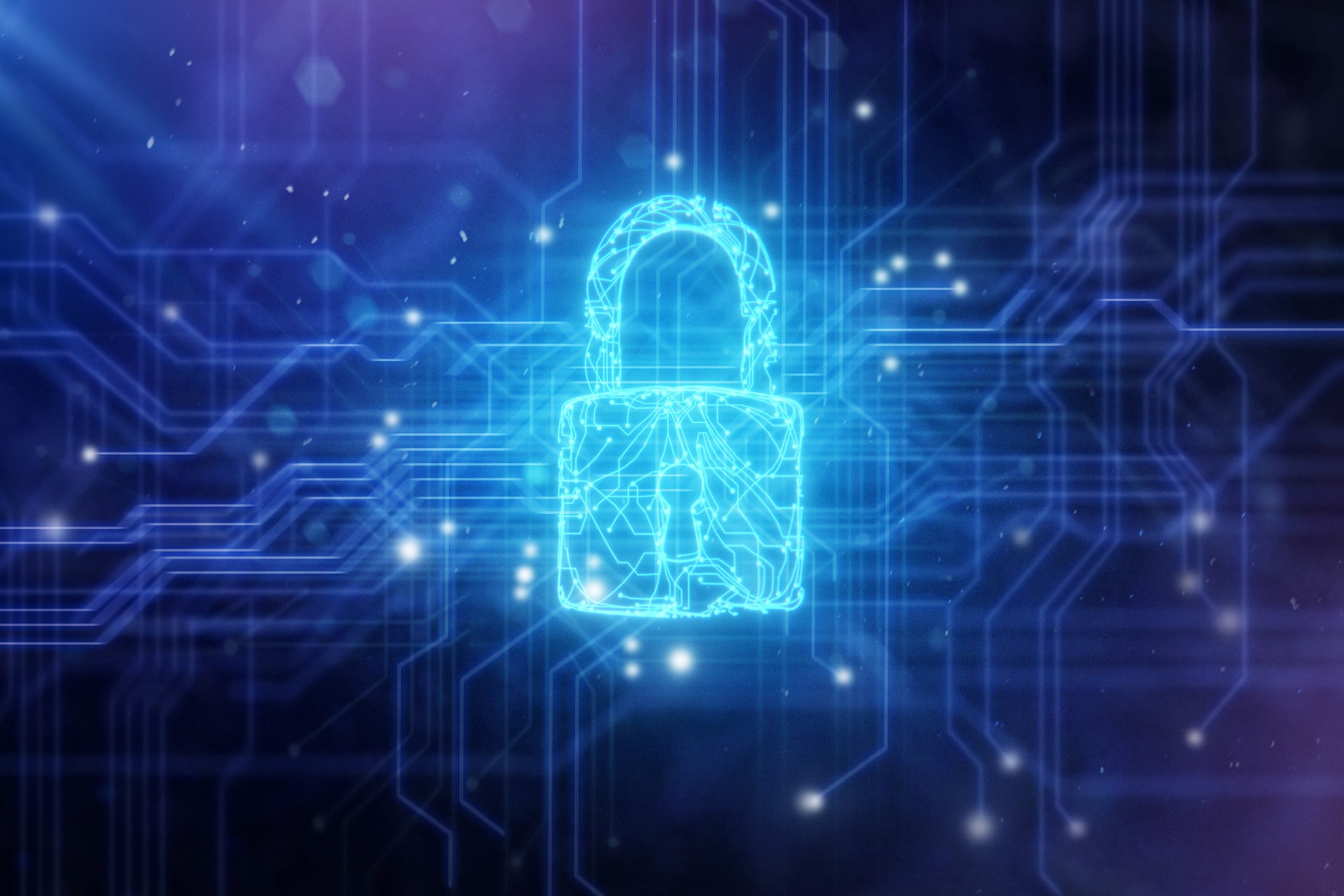The new frontline of digital defense: customer experience


When was the last time your customer experience team sat down with your security experts? If the answer isn’t “recently,” your business may be more vulnerable than you think.
When I read a recent article in this publication about the aftermath of CrowdStrike, I realized there was an important addition to the lessons learned. While I agree with each of the insights offered into the technical aspects and immediate business impact of the incident, the role of customer experience teams in managing such crises has been overlooked until now.
Recent high-profile incidents vividly underscore this point. In addition to the CrowdStrike outage, which resulted in as much as £90 billion in damage, Britain also witnessed a high-profile cyber attack on hospitals in London. Although this has now been resolved, it caused more than 1,000 elective surgeries and 2,200 outpatient appointments to be postponed. Such events underscore the critical importance of robust security protocols. However, as these crises evolve, it is becoming increasingly clear that security measures alone are not enough. The customer experience provided during such incidents is equally critical to managing the fallout and maintaining trust.
This realization is leading to a significant shift in the way companies approach crisis management. Customer experience (CX) and security teams can no longer operate in isolation. The isolated approach must make way for a more integrated strategy – one that recognizes the interdependence of these two crucial functions.
All too often these two teams operate in different areas. Yet, as the primary interface with customers, CX teams are often the first to detect and respond to outages or security incidents due to the increase in customer complaints or questions. At the same time, cybersecurity teams are tasked with identifying, containing, and mitigating threats. This disconnect can lead to delayed responses and fragmented communications during crises, potentially exacerbating the situation and damaging customer relationships.
The plea for cooperation
It may sound simple, but by fostering better collaboration between CX and security teams, companies can create a more resilient crisis management frontline. This uniform approach offers several important advantages.
First, it accelerates incident detection, with CX teams serving as an early warning system to quickly alert security teams to potential issues based on customer feedback. Second, it improves real-time information flow, ensuring accurate, timely information is consistently communicated to customers and stakeholders. This rapid, coordinated response helps maintain customer trust and mitigates negative impacts on brand reputation. Finally, by sharing insights, both teams can contribute to more effective risk assessment and prevention strategies, improving overall crisis prevention.
However, creating synergies between CX and security teams requires a strategic approach. A comprehensive, unified strategy should start with building cross-functional teams that include members from both departments. These teams should meet regularly to share insights, discuss potential threats, and develop joint response plans in case something goes wrong.
Implementing shared communication channels is crucial. Using secure, real-time communications platforms makes it possible to quickly share information between teams during a crisis, giving CX reps the most up-to-date information to relay to customers. In addition, companies should develop integrated training programs that educate CX personnel on basic security principles and alert identification, while also educating security teams on customer communications best practices.
Strengthening the front line
To effectively unite two once-disparate teams as a new frontline in crisis management, companies must take several important steps. Cultivating a culture of collaboration is paramount, encouraging not only open communication but also mutual respect between teams. This move could also lead to continuous learning, which is critical as the threat landscape continues to evolve. This should be reinforced by offering courses, lunch and learns and self-study, ensuring that both teams are regularly kept up to date on the latest security trends and customer experience best practices.
Technology can also play a key role. A number of tools facilitate seamless information sharing, which is crucial in forming a proactive response. This includes, for example, integrated dashboards that display both customer feedback and security alerts. In turn, they enable decision-making and empower frontline staff to make certain decisions during a crisis.
Finally, promoting management support is essential. Ensure that the importance of this unified approach is recognized and supported at the highest levels of the organization. By taking these steps, companies can create a more robust, responsive crisis management frontline.
As Einstein himself said, “Amid difficulties lie opportunities.” The rise of cyber threats – however daunting – presents an opportunity for companies to reimagine their approach to both security and customer experience. An integrated, holistic approach is not just a smart business idea, but an opportunity to protect businesses and deepen customer trust. By breaking down silos and fostering collaboration, companies can turn potential vulnerabilities into strengths.
We list the best customer database software.
This article was produced as part of TechRadarPro’s Expert Insights channel, where we profile the best and brightest minds in today’s technology industry. The views expressed here are those of the author and are not necessarily those of TechRadarPro or Future plc. If you are interested in contributing, you can read more here:




